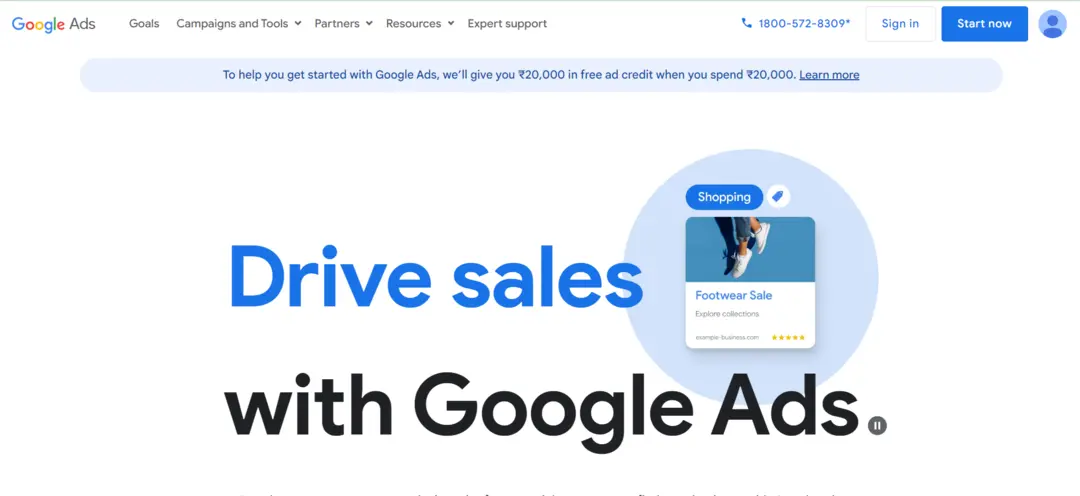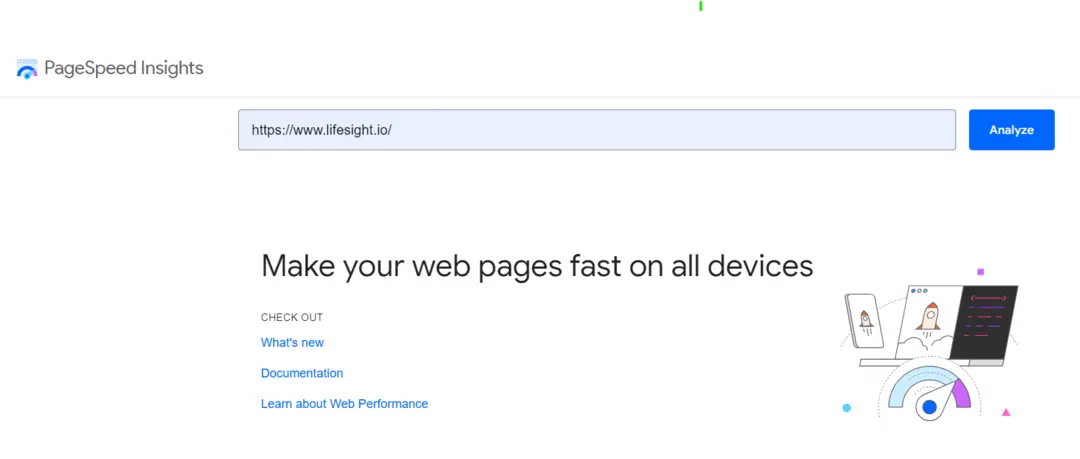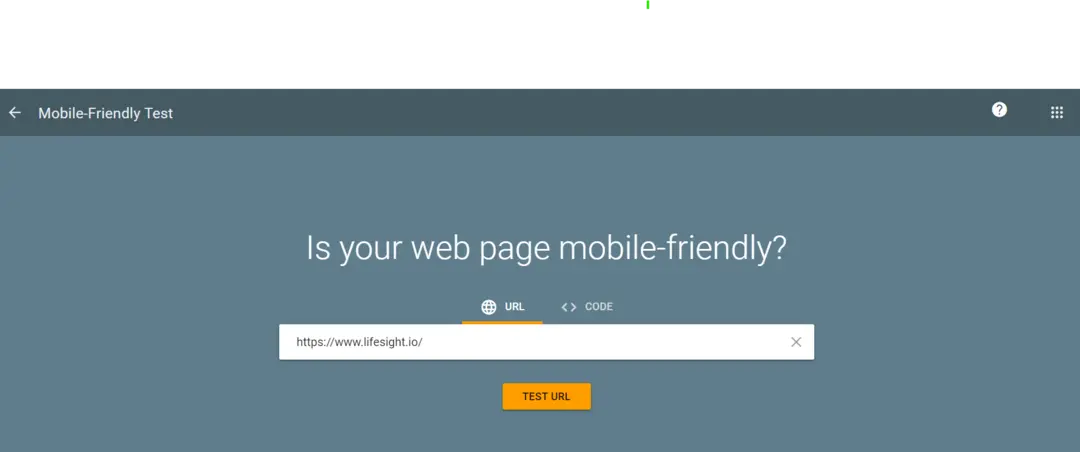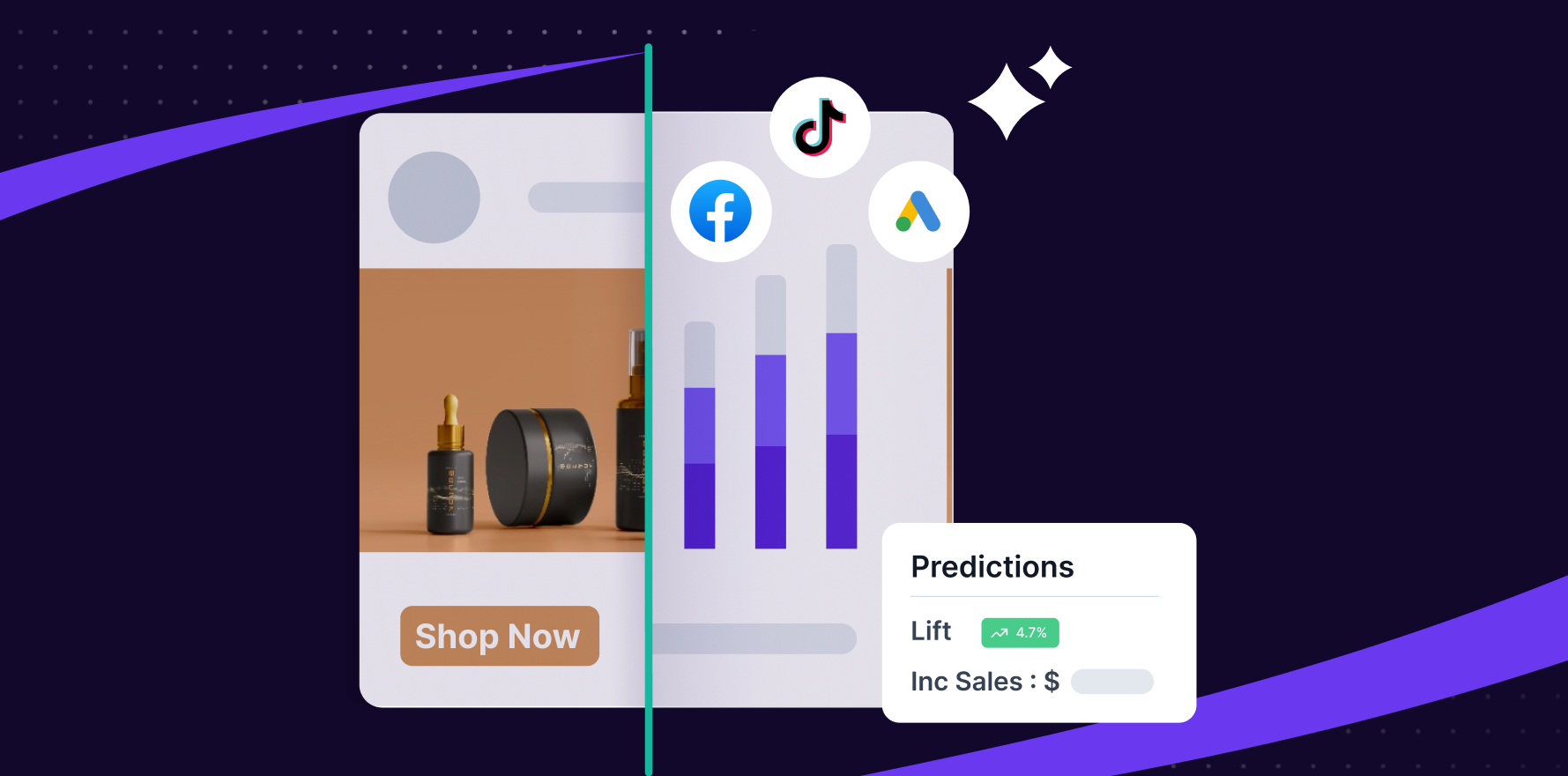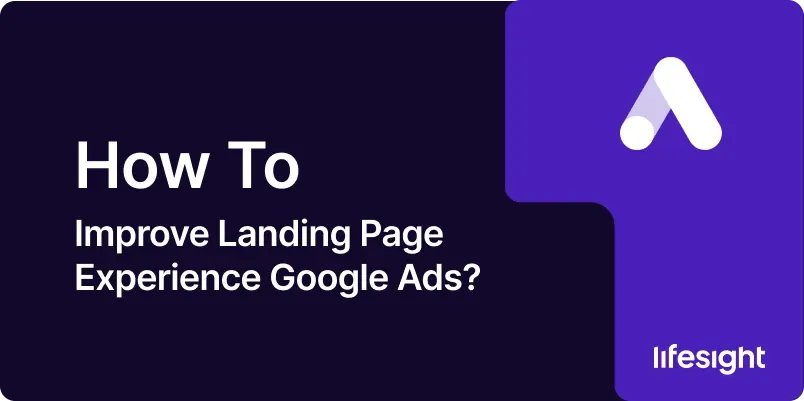
Introduction
In the world of online advertising, a compelling ad is only part of the equation for success. The landing page experience plays a pivotal role in converting clicks into meaningful interactions. Google Ads assigns a Landing Page Experience score to assess the quality and relevance of your landing page. This guide will take you through a step-by-step process to enhance your Landing Page Experience in Google Ads, ultimately boosting the performance of your advertising campaigns.
Step 1: Understand Landing Page Experience
Before diving into improvements, grasp the components of Landing Page Experience. Google considers factors like page relevance, load time, mobile-friendliness, and the overall user experience. These factors collectively influence your ad’s position and cost-per-click.
Step 2: Access Google Ads Account
Log in to your Google Ads account to access the campaign that you want to optimize. Navigate to the “Ads & Extensions” section and select the specific ad for which you want to enhance the landing page experience.
sign-in-google-ads-account
Step 3: Evaluate Current Landing Page
Examine the current landing page associated with your ad. Consider the visual appeal, relevance to the ad content, and the clarity of the call-to-action. Identify elements that may contribute to a positive or negative user experience.
Step 4: Optimize Page Loading Speed
Page load time is a critical factor in user experience. Use Google’s PageSpeed Insights tool to evaluate your landing page’s loading speed. Optimize images, minimize code, and leverage browser caching to enhance page speed.
googles-page-speed-insights-tool
Step 5: Ensure Mobile-Friendliness
Given the prevalence of mobile users, it’s imperative to ensure that your landing page is mobile-friendly. Use Google’s Mobile-Friendly Test tool to assess your page’s responsiveness and make necessary adjustments for optimal mobile viewing.
googles-mobile-friendly-test-tool
Step 6: Align Content with Ad Messaging
Reinforce the connection between your ad and landing page content. Ensure that the messaging, keywords, and visuals on your landing page align seamlessly with the ad that users clicked. This consistency enhances user trust and satisfaction.
Step 7: Enhance Relevance of Landing Page Content
Review the content on your landing page and make it as relevant as possible to the user’s query or intent. Include clear headlines, concise text, and compelling visuals that guide visitors towards the desired action.
Step 8: Optimize Call-to-Action (CTA)
Examine your landing page’s call-to-action. Is it prominent, clear, and compelling? Ensure that visitors know exactly what action to take next. Experiment with different wording, colors, or placements to optimize your CTA for maximum impact.
Step 9: Utilize Trust Signals
Building trust is crucial for a positive landing page experience. Incorporate trust signals such as customer testimonials, security badges, or relevant certifications to instill confidence in visitors and encourage conversions.
Step 10: Test and Iterate
Implement A/B testing on different elements of your landing page, including headlines, images, and CTAs. Analyze the performance of variations and iterate based on the insights gained. Continuous testing allows you to refine and optimize over time.
Step 11: Leverage Landing Page Extensions (if applicable)
If your ad extensions include landing pages, ensure that these pages provide valuable and relevant information. Optimize them using the same principles outlined above. A cohesive experience across all touchpoints improves overall campaign performance.
Step 12: Monitor Bounce Rate
Keep a close eye on your landing page’s bounce rate – the percentage of visitors who navigate away without taking any action. A high bounce rate may indicate a disconnect between the ad and landing page or a suboptimal user experience.
Step 13: Analyze Performance Metrics
Use Google Analytics to delve into performance metrics like time on page, conversion rates, and user behavior. Identify patterns and areas for improvement based on these metrics, aligning your optimizations with user engagement data.
Step 14: Implement Site Speed Improvements
Continue to refine and enhance your landing page’s performance by implementing site speed improvements. Compress images, leverage browser caching, and streamline code to maintain an efficient and fast-loading user experience.
Step 15: Review and Repeat
Regularly review the performance of your landing pages and make adjustments as needed. The digital landscape evolves, and ongoing optimization is key to maintaining a positive Landing Page Experience.
Summary
Improving your Landing Page Experience in Google Ads is a continuous journey that involves aligning your landing pages with user expectations and optimizing for relevance and usability. By following these steps, from understanding Landing Page Experience factors to ongoing monitoring and refinement, you can enhance the overall effectiveness of your advertising campaigns.
Free essential resources for success
Discover more from Lifesight
